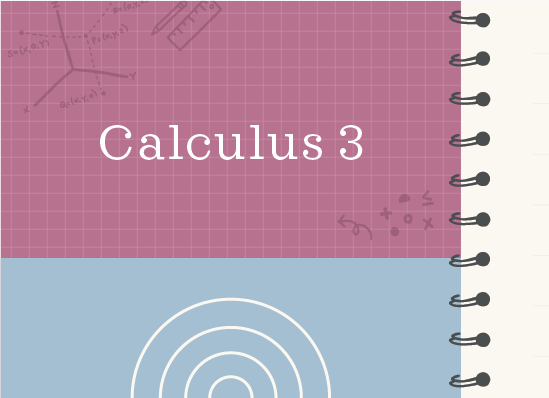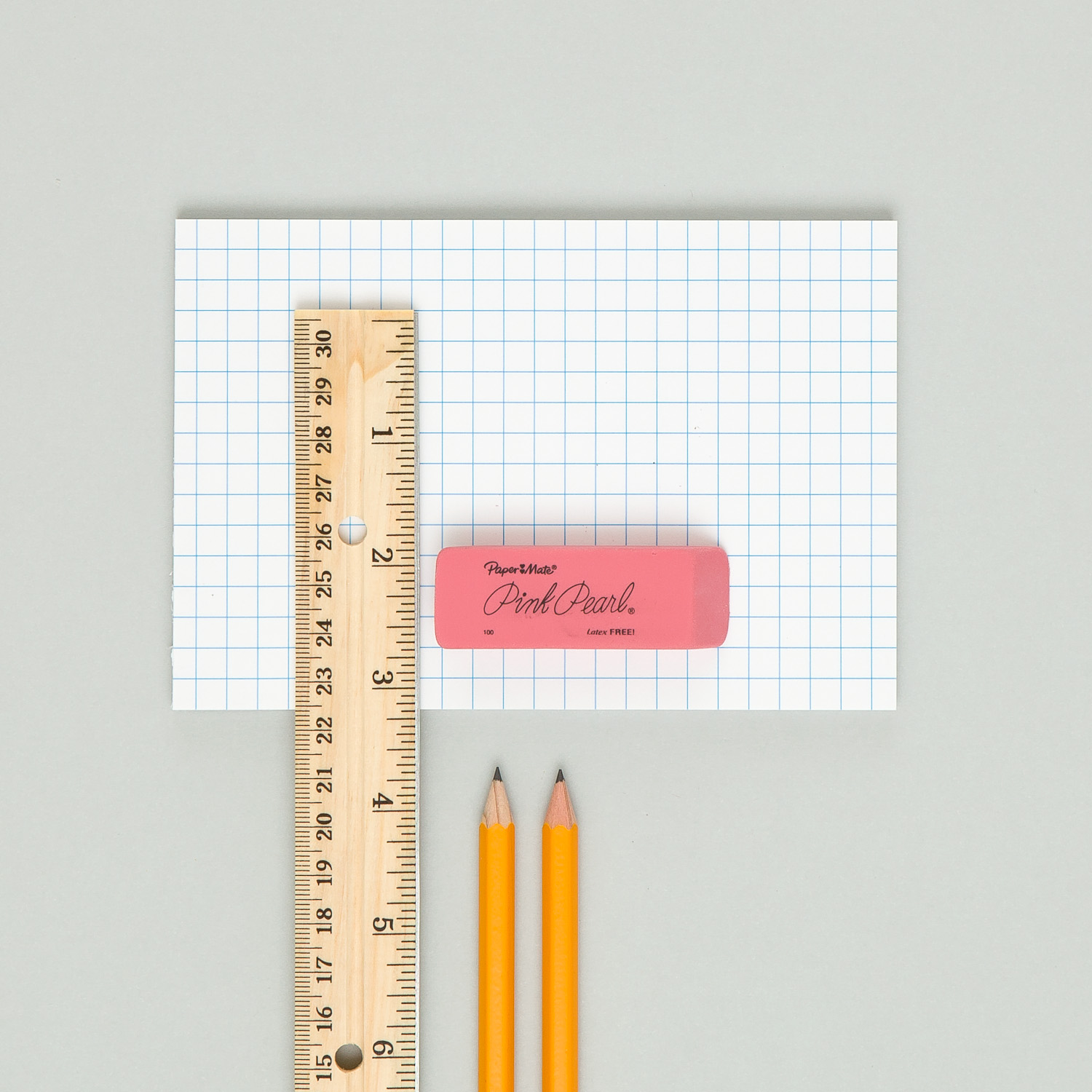Using the scalar triple product to prove that vectors are coplanar
Formula for the scalar triple product
The scalar triple product ???|a\cdot(b\times c)|??? of three vectors ???a\langle{a_1},a_2,a_3\rangle???, ???b\langle{b_1},b_2,b_3\rangle??? and ???c\langle{c_1},c_2,c_3\rangle??? will be equal to ???0??? when the vectors are coplanar, which means that the vectors all lie in the same plane.
Hi! I'm krista.
I create online courses to help you rock your math class. Read more.
???a???, ???b???, and ???c??? are coplanar if ???|a\cdot(b\times c)|=0???
???b\times c??? is the cross product of ???b??? and ???c???, and we’ll find it using the ???3\times 3??? matrix
???\begin{vmatrix}\bold i&\bold j&\bold k\\b_1&b_2&b_3\\c_1&c_2&c_3\end{vmatrix}=\bold i\begin{vmatrix}b_2&b_3\\c_2&c_3\end{vmatrix}-\bold j\begin{vmatrix}b_1&b_3\\c_1&c_3\end{vmatrix}+\bold k\begin{vmatrix}b_1&b_2\\c_1&c_2\end{vmatrix}???
???=\bold i(b_2c_3-b_3c_2)-\bold j(b_1c_3-b_3c_1)+\bold k(b_1c_2-b_2c_1)???
We’ll convert the result of the cross product into standard vector form, and then take the dot product of ???a\langle{a_1},a_2,a_3\rangle??? and the vector result of ???b\times c???.
???|a\cdot(b\times c)|???
The final answer is the scalar triple product. If it’s equal to ???0???, then we’ve proven that the vectors are coplanar.
How to use the scalar triple product to verify that three vectors are coplanar (that they lie in the same plane)
Take the course
Want to learn more about Calculus 3? I have a step-by-step course for that. :)
Proving that the vectors are coplanar
Example
Prove that the vectors are coplanar.
???a\langle3,3,-3\rangle???
???b\langle1,0,-2\rangle???
???c\langle2,3,-1\rangle???
We’ll use the scalar triple product, and we’ll start by calculating the cross product of ???b??? and ???c???, ???b\times c???.
???b\times c=\begin{vmatrix}\bold i&\bold j&\bold k\\1&0&-2\\2&3&-1\end{vmatrix}???
???b\times c=\bold i\begin{vmatrix}0&-2\\3&-1\end{vmatrix}-\bold j\begin{vmatrix}1&-2\\2&-1\end{vmatrix}+\bold k\begin{vmatrix}1&0\\2&3\end{vmatrix}???
???b\times c=\bold i[(0)(-1)-(-2)(3)]-\bold j[(1)(-1)-(-2)(2)]+\bold k[(1)(3)-(0)(2)]???
???b\times c=\bold i(0+6)-\bold j(-1+4)+\bold k(3-0)???
???b\times c=6\bold i-3\bold j+3\bold k???
???b\times c=\langle6,-3,3\rangle???
The final answer is the scalar triple product. If it’s equal to 0, then we’ve proven that the vectors are coplanar.
Next we’ll take the dot product of ???a\langle3,3,-3\rangle??? and ???b\times c=\langle6,-3,3\rangle???.
???|a\cdot(b\times c)|=(3)(6)+(3)(-3)+(-3)(3)???
???|a\cdot(b\times c)|=18-9-9???
???|a\cdot(b\times c)|=0???
Since the scalar triple product of the vectors ???a\langle3,3,-3\rangle???, ???b\langle1,0,-2\rangle??? and ???c\langle2,3,-1\rangle??? is equal to ???0???,
???|a\cdot(b\times c)|=0???
the vectors ???a???, ???b???, and ???c??? are coplanar.






